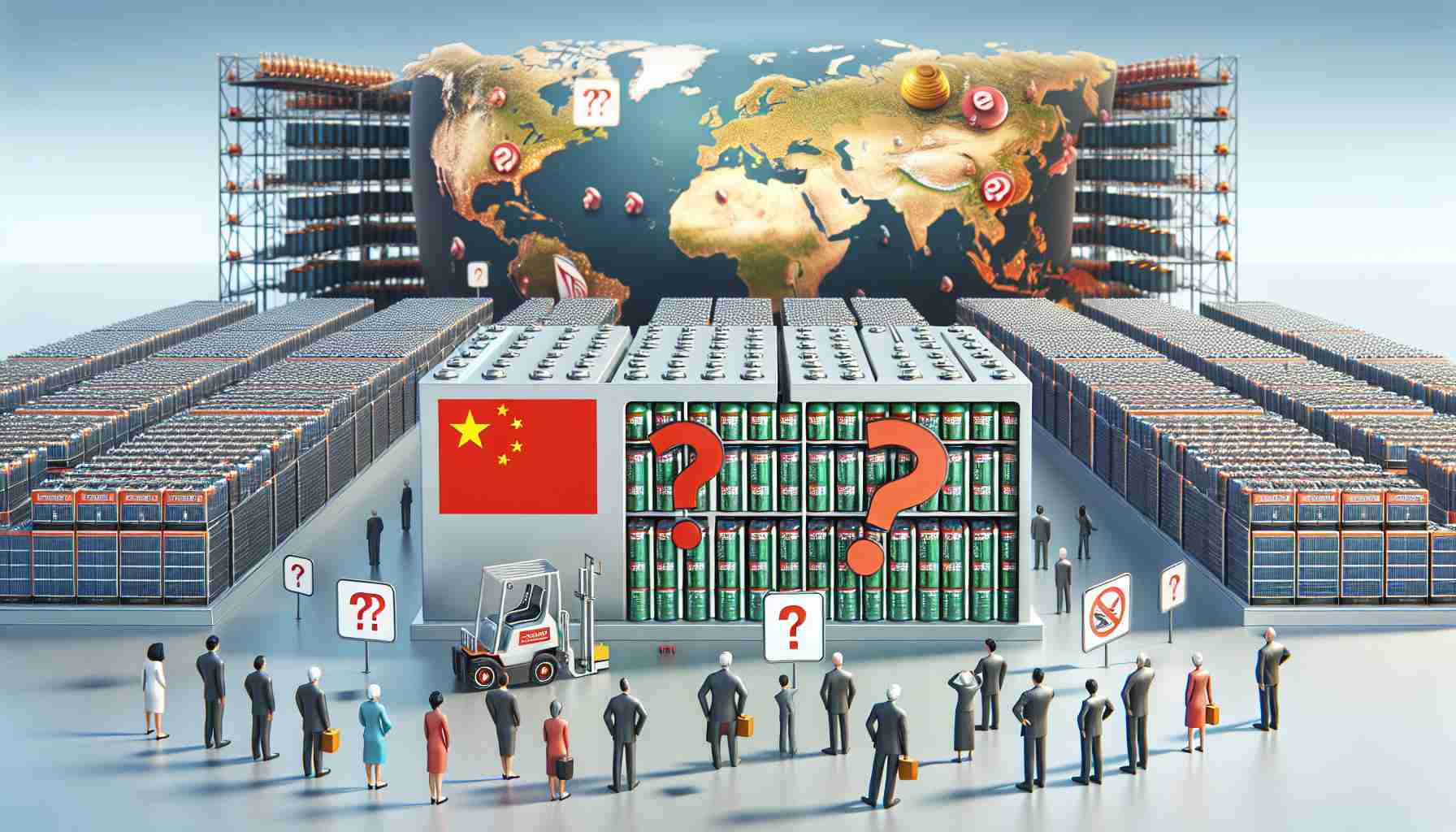An analysis by energy industry experts highlights the growing economic risks associated with the heavy reliance on Chinese utility storage batteries within the United States. Chinese companies have quickly gained significant market share in the emerging energy storage sector, raising concerns about supply chain vulnerabilities and potential security threats.
Industry data reveals that Chinese firms like Contemporary Amperex Technology Co. Limited (CATL) and Build Your Dreams (BYD) currently dominate the global energy storage battery market. This dominance has sparked worries about over-reliance on Chinese manufacturers for essential grid storage infrastructure.
The US government has taken steps to address these concerns, including imposing tariffs on Chinese-made lithium-ion batteries and exploring trade restrictions on specific Chinese companies. Efforts are also underway to boost domestic battery production capacity through investment tax credits and incentives outlined in recent legislative initiatives.
Experts emphasize the critical importance of developing a diverse and secure energy storage supply chain in the face of increasing renewable energy integration. While acknowledging the role of Chinese companies in global battery production, there is a growing recognition of the need to enhance domestic manufacturing capabilities to mitigate risks associated with foreign dependencies.
As the energy transition progresses, stakeholders are calling for a balanced approach that safeguards both economic interests and national security considerations. The evolving landscape of the energy storage industry underscores the importance of strategic planning and regulatory oversight to ensure a resilient and competitive market environment.
Additional Facts:
– China not only dominates the global lithium-ion battery market but also leads in the production of critical raw materials used in battery manufacturing, such as lithium and cobalt.
– The energy storage sector is projected to experience significant growth in the coming years, driven by the increasing deployment of renewable energy sources and the electrification of transportation.
– The United States has outlined ambitious targets for energy storage deployment as part of efforts to decarbonize the energy sector and enhance grid resilience.
– Other countries, such as South Korea and Japan, also play significant roles in the global battery market and are investing in research and development to keep pace with Chinese advancements.
Key Questions:
1. What are the specific national security risks associated with relying heavily on Chinese battery manufacturers in the energy storage industry?
2. How do tariffs and trade restrictions impact the competitiveness of US energy storage companies in relation to Chinese counterparts?
3. What strategies can be implemented to foster domestic battery production while maintaining global competitiveness and supply chain diversity?
Key Challenges and Controversies:
– One key challenge is to strike a balance between promoting domestic manufacturing of energy storage technologies and fostering international collaboration to drive innovation and cost competitiveness.
– Controversies may arise regarding the effectiveness of tariffs and trade restrictions in addressing supply chain vulnerabilities without adversely affecting market dynamics and consumer prices.
– Balancing economic considerations with national security imperatives presents a complex challenge, as stringent regulations could potentially hinder market growth and innovation.
Advantages and Disadvantages:
– Advantages: Enhanced domestic battery production can create job opportunities, reduce reliance on foreign suppliers, and strengthen national security in the energy sector. Investing in local manufacturing capabilities also enables better control over quality and standards.
– Disadvantages: Overemphasis on protectionist measures can lead to trade tensions and hinder global cooperation on clean energy technologies. Additionally, rapidly scaling up domestic production may face challenges related to cost competitiveness and technological advancements.
For more information on this topic, you can visit the U.S. Department of Energy website.



